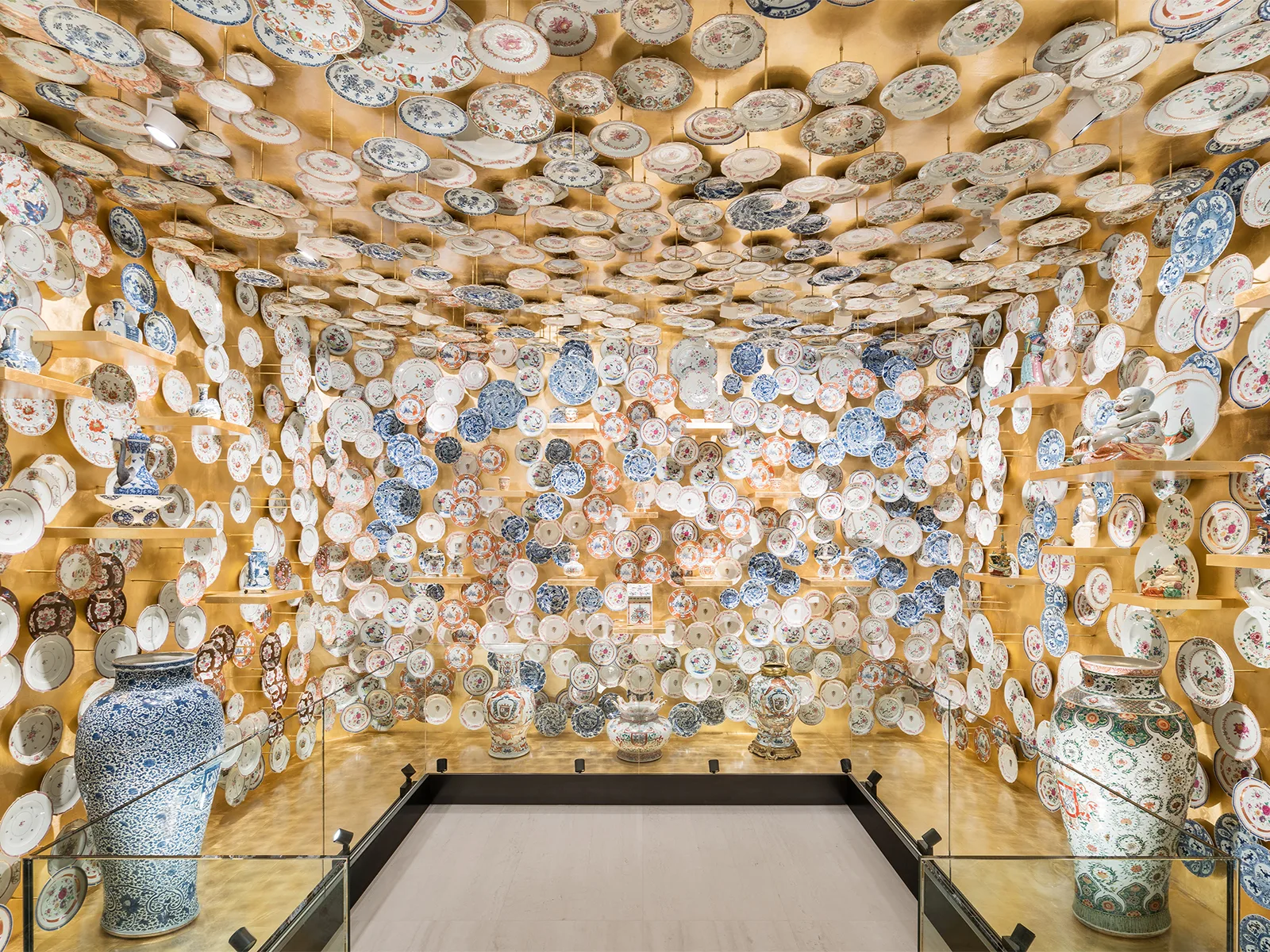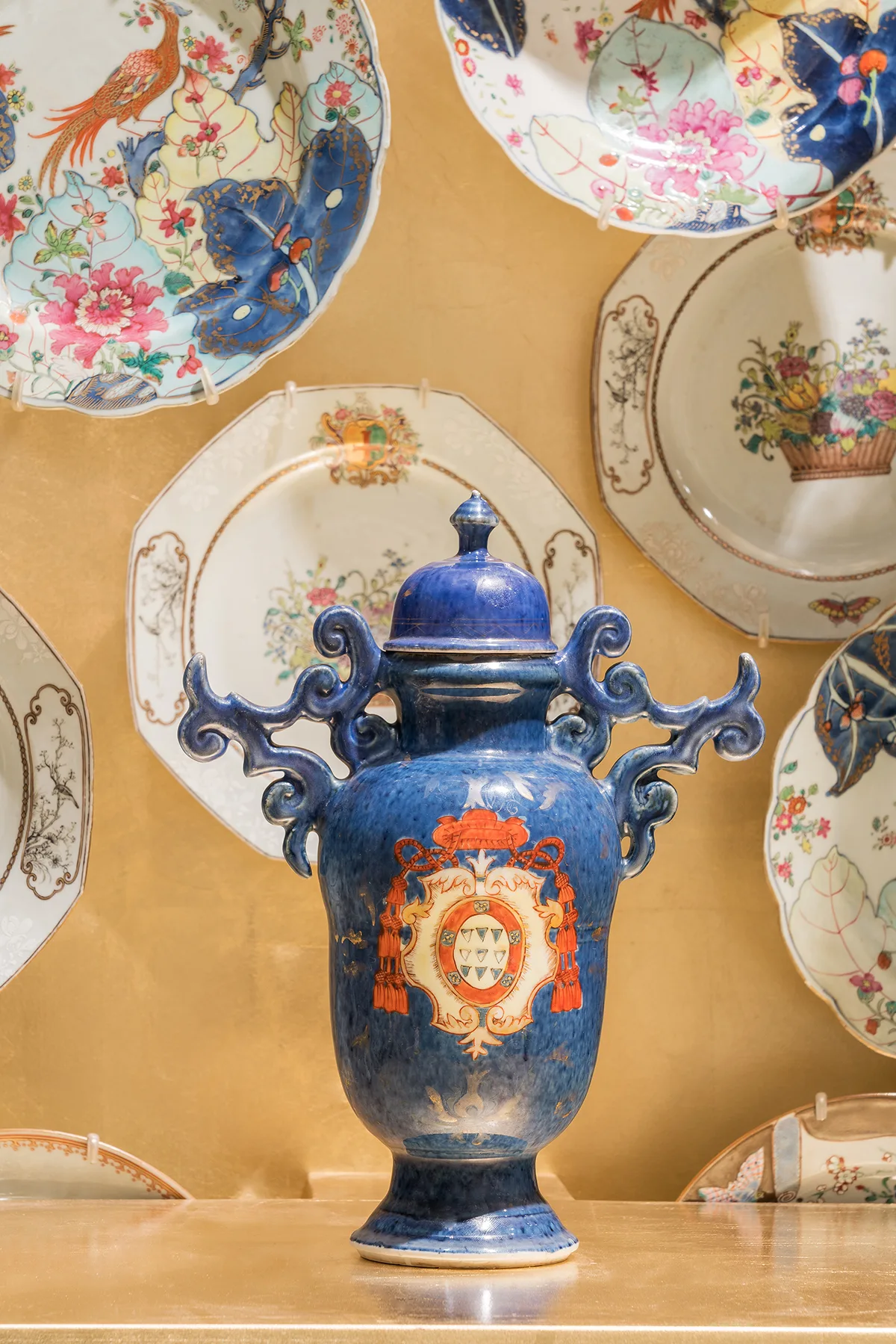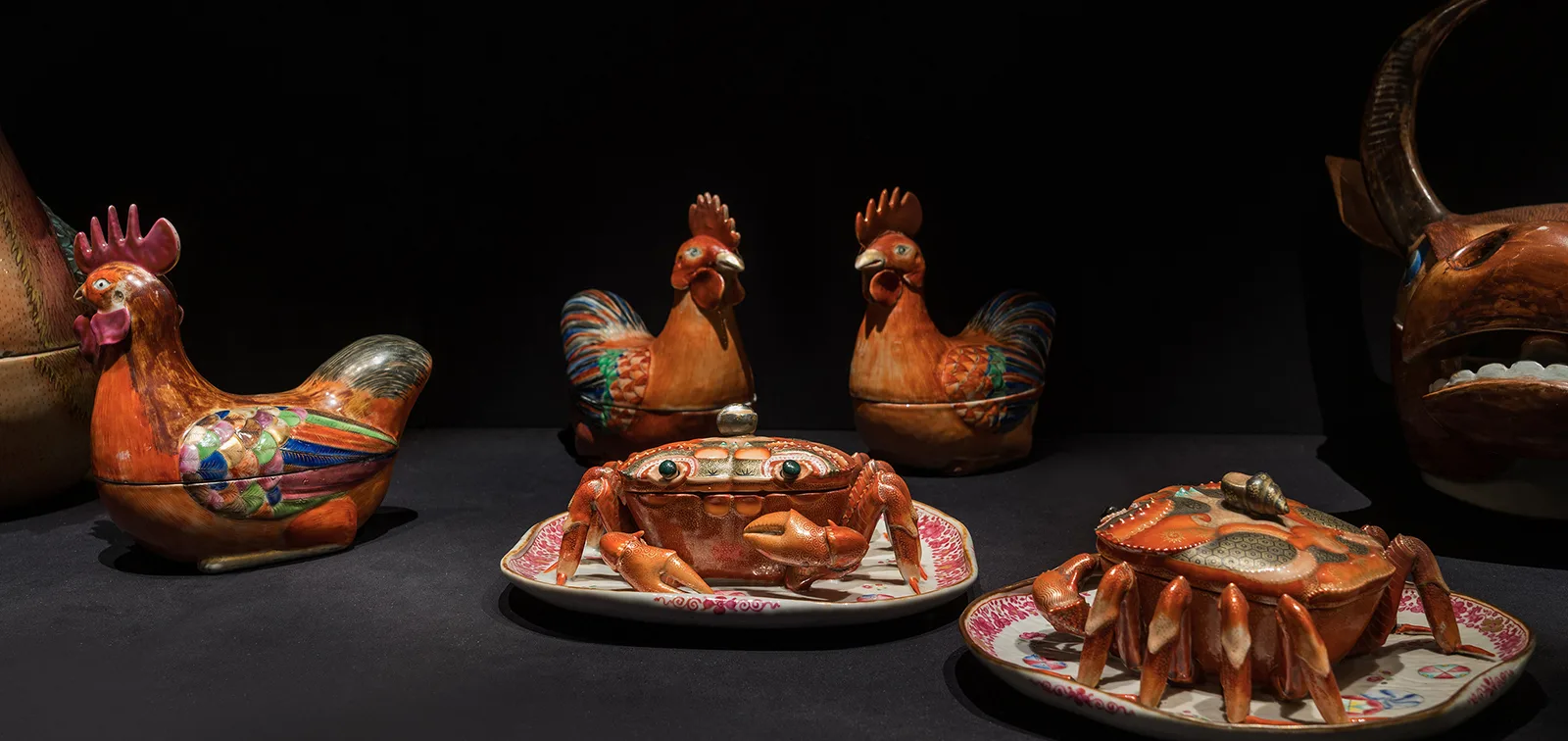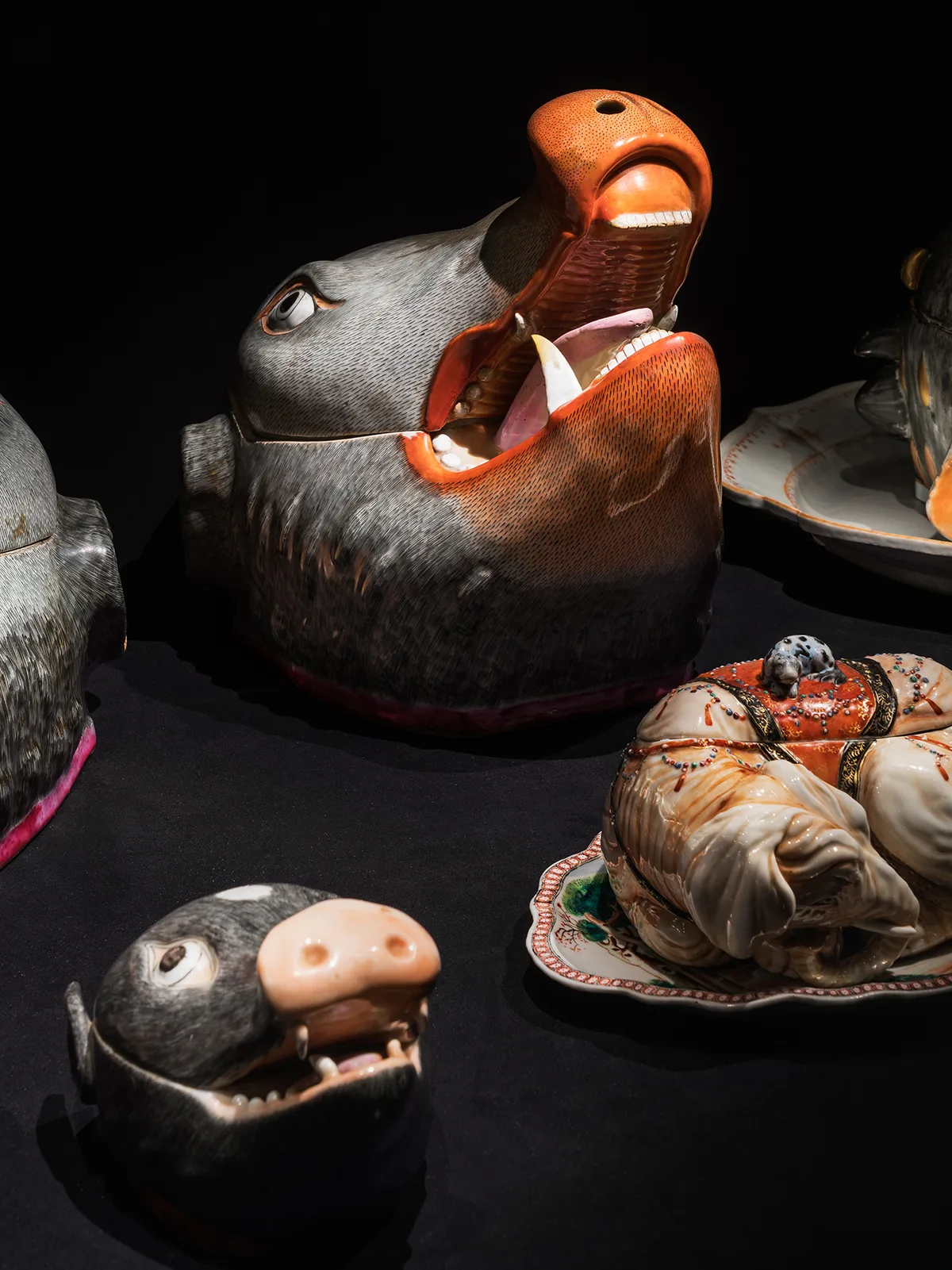
A pig’s head in a china shop
In Milan, Fondazione Prada’s ‘Porcelain Room’ is shining a spotlight on a particularly significant chapter in the history of globalisation. It’s also a story of design tailored to the tastes of customers willing to pay a premium for what they want.






